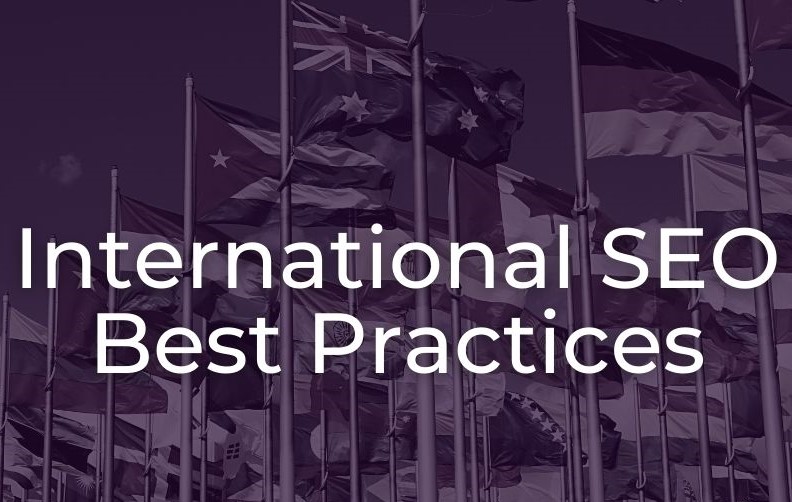In a world that’s more interconnected than ever, the internet has broken down borders, allowing businesses and content creators to reach a global audience. To capitalize on this global reach, it’s essential to understand and implement international search engine optimization (SEO) strategies. In this blog post, we’ll explore the world of international SEO and how you can expand your online presence globally.
The Power of International SEO

International SEO is the practice of optimizing your website and content to rank well in global search engine results. It’s not just about language; it involves tailoring your online presence to suit the specific needs and preferences of different countries and regions. Here’s why it’s vital:
- Global Audience: By optimizing for international audiences, you can tap into a vast and diverse user base, increasing your potential customer or reader pool.
- Competitive Advantage: Many businesses focus primarily on local markets. By expanding globally through SEO, you can gain a competitive advantage and become a dominant player in your niche.
- Enhanced Brand Recognition: Reaching an international audience boosts brand recognition and credibility. A global presence demonstrates authority in your field.
- Diversified Revenue Streams: Expanding internationally allows you to diversify your revenue streams. Economic fluctuations in one region won’t have as much impact if you have a global customer base.
International SEO Best Practices

- Keyword Research: Start with thorough keyword research to understand how your target audience in different regions searches for products or content. Use tools like Google’s Keyword Planner and regional keyword research tools to identify relevant keywords.
- Hreflang Tags: Use hreflang tags to indicate the language and regional targeting of your web pages. This helps search engines deliver the right content to users in different locations.
- Geotargeting: Specify your target country or region in Google Search Console and Bing Webmaster Tools to inform search engines about your intended audience.
- Localized Content: Create content tailored to the cultural and linguistic preferences of your target regions. This may involve translating or localizing your content.
- Multilingual SEO: If your content is available in multiple languages, use multilingual SEO techniques to optimize each language version.
- Optimize Metadata: Ensure that titles, descriptions, and headings are well-optimized for the specific keywords and region you’re targeting.
- Website Structure: Organize your website in a way that’s easy for search engines and users to navigate. Implement a clear menu structure and use appropriate subdirectories or subdomains for different languages or regions.
- Mobile Optimization: In many regions, mobile usage dominates. Ensure your website is mobile-responsive and offers a smooth user experience on all devices.
- Local Link Building: Build backlinks from local websites in the regions you’re targeting. High-quality, local backlinks can boost your SEO efforts.
- Monitor and Adapt: Regularly monitor the performance of your international SEO efforts using analytics tools. Be prepared to adapt your strategies based on the data you collect.
Measuring International SEO Success
- Organic Traffic: Monitor the increase in organic traffic from your target regions.
- Keyword Rankings: Track the rankings of your target keywords in different regions.
- Conversion Rate: Measure the rate at which international visitors are converting into customers or readers.
- Bounce Rate: Analyze the bounce rate for international visitors. A lower bounce rate typically indicates better engagement.
- Revenue and Sales: Monitor the revenue generated from international customers.
- Local Backlinks: Keep an eye on the number and quality of backlinks from local websites in your target regions.
Conclusion
Expanding your online presence globally through international SEO is a strategic move that can yield significant rewards. It requires a deep understanding of different markets, their preferences, and an ongoing commitment to adapting your content and strategies. By optimizing your website and content for international audiences, you can reach new customers or readers, establish your brand’s authority on a global scale, and achieve business growth and success beyond your local borders.
